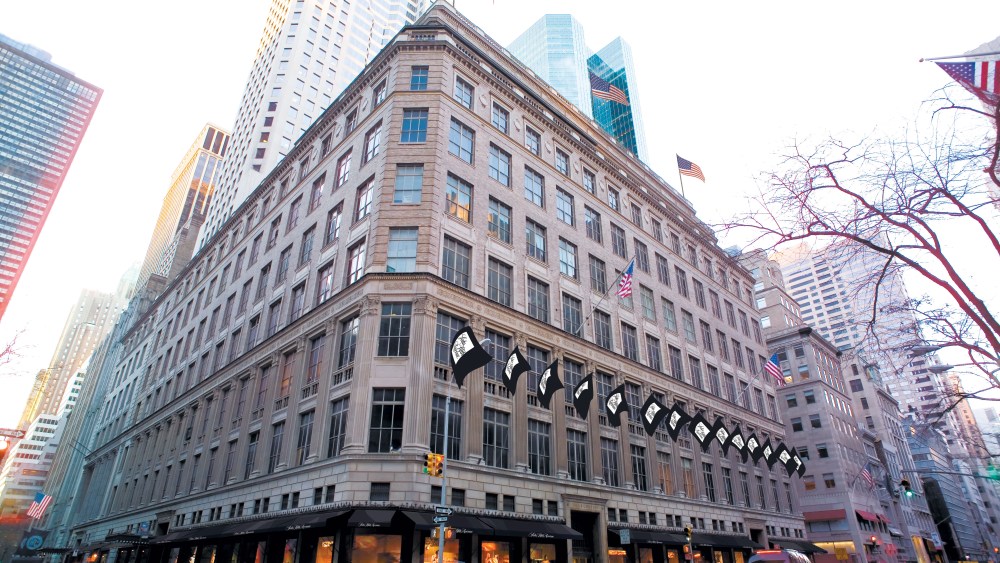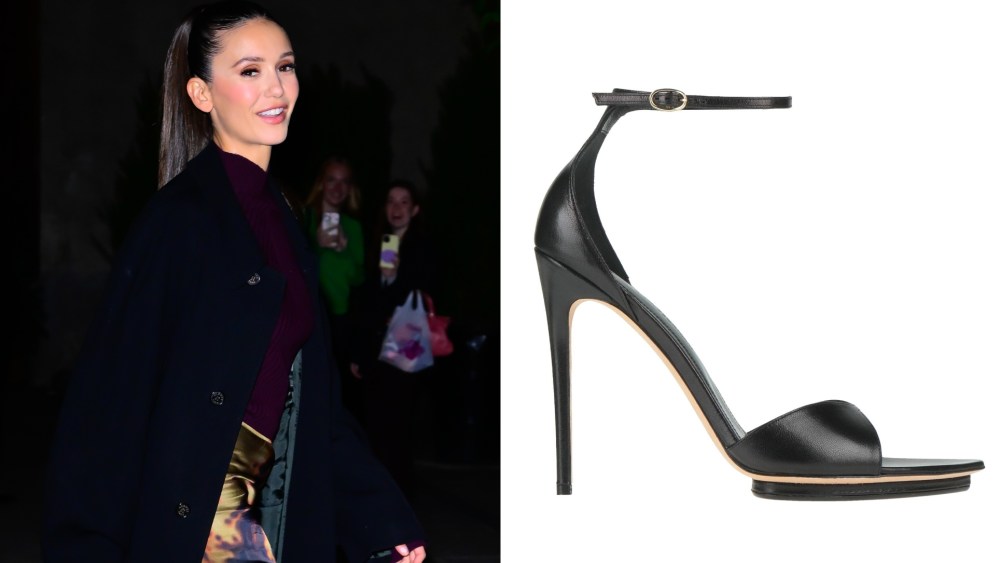After a tough 2024, the newly formed Saks Global has a master plan to “reset” how it conducts business and has begun providing some clarity on its strategy to vendors.
Officials also disclosed Friday that Saks Global has ample liquidity to be stronger partners to brands and has a new payment schedule to make good on what it owes vendors, but will also be culling its matrix to focus on stronger vendors and become better partners with those that stick with Saks.
Saks notified vendors of its new payment schedule, indicating that effective March 1, vendors will be paid 90 days from receipt of inventory and that all past due balances will be paid in 12 monthly installments beginning July 2025. All payments will be made through wire/ACH at the earliest date commercially possible, Saks indicated, thereby “taking significant friction out of our processes.”
Many vendors, particularly smaller ones, haven’t been paid for several seasons, and have curtailed or stopped shipping Saks altogether.
You May Also Like
“We are resetting the multibrand luxury distribution model, not because we feel like it. It’s because the model no longer works,” Marc Metrick, chief executive officer of Saks Global, told WWD in an exclusive interview Friday. “The only thing that hasn’t changed in the 29 years I’ve been doing business is how all the financials work, how the vendors get paid, but a lot more of the model hasn’t been working right.
“Creating this amazing platform [Saks Global] gives us the ability to become a destination where customers will want to shop, but also where brands will want to do business and be able to grow,” Metrick said. “We have to make certain changes. We have to reset to make sure that we’re setting up the right expectations, that we’re doing everything that we’re supposed to be doing and that we give everyone consistency and certainty, and they can feel good about doing business with us. Growing with the brands is also very important, but I really want to make sure people understand that [with] our brand partners, no one lost money with Saks because they are going to get paid. Did they get paid when other companies filed for bankruptcy? No.”

Asked how short Saks Global has been on merchandise recently, Metrick replied: “It’s getting better since we closed the deal, but you still have a lot of people who are holding back, probably because they just needed clarity. And that is what this gives them. This gives them certainty and clarity and guarantees.”
Metrick declined to specify how much Saks Global owes vendors, but the amount is said to be in the hundreds of millions of dollars.
“The recommendation I have for every one of our partners is to put the last 18 months behind them,” Metrick said. “We need to pull together and galvanize as an industry to move forward and grow. That’s what we’ve got to do. Our goal is to change this model — the way we go to market, the way we sell to the customer, the way we deal with our brand partners, everybody.
“I’m very sympathetic to where Saks has been, but at the same time, not one brand partner of ours is losing money with our company — not one. So that’s not anything that any of the other luxury guys can say,” Metrick said, referring to when Barneys New York and Neiman Marcus Group went bankrupt years ago, and how Farfetch and matches.com imploded.
Saks-parent Hudson’s Bay Co. bought the Neiman Marcus Group and combined the two retailers in December, effectively creating a $10 billion luxury empire in the U.S. Saks Global now includes Neiman Marcus, Bergdorf Goodman, Saks Fifth Avenue and Saks Off 5th. To close the deal, Saks Global, led by executive chairman Richard Baker, pulled together some creative financing involving two tech giants, Amazon and Salesforce, and two apparel industry giants, G-III and Authentic Brands Group. Saks also secured a $2.2 billion bond.
Many changes have already been made. To lead the Neiman’s and Saks stores and e-commerce operations, Saks has created a single management structure with new leaders and senior positions and titles the industry hasn’t seen before, and some traditional roles, like chief merchant, dropped. Saks Fifth Avenue and Neiman Marcus operate together, but Bergdorf Goodman is being kept separate.
The consolidation is expected to reduce costs ad Saks Global hopes cuts annual costs by approximately $500 million over the next few years, according to Metrick.
Saks Global will adopt AI in the right places for greater personalization and to maximize the customer experience.
In addition, Saks is expected to appear in some form or manner on Amazon. “We have plans to launch a unique and exciting experience,” Metrick said, declining to go into further detail on Amazon.
As a byproduct of creating Saks Global, “We have ample liquidity. That’s not a problem,” Metrick said. “S&P just gave us a stable rating. They indicated that we have the wherewithal and the cash to be able to execute on the transition and integration.”
The retailer currently works with close to 3,000 brands.
“Our expectation is that over the next year or so, we’ll be doing business with 25 percent fewer brands than we’re doing business with today,” Metrick said. “We can’t have that many brands and be a great partner for each one and vice versa. There’s going to be some culling, both by brand partners themselves and us. We’re going to be doing business with fewer brands next year, and we have to pick up a lot of volume. But it’s going to be a great thing to be part of the Saks Global ecosystem.”
The goal, Metrick said, is that vendors “feel good about doing business with us. Of course, growing with the brands is also very important.”
“We want to be a strong, accountable and responsible partner to our brand partners,” Metrick said. “To do that, we’re going to need their support, and the support of those that that provide capital to them, those that lend to them, and those that own them. Everyone needs to come together to strengthen the distribution in the United States. It’s critical, and that’s why we put these companies together, so that we can build something great for everybody.”

In other news at Saks, Mark Weinsten, a managing director in BRG Corporate Finance based in Boston and a member of that firm’s corporate finance leadership team, has been named interim chief financial officer for Saks Global. He will pay a key role in dealing with vendors and other financial issues.
Saks indicated Weinsten specializes in taking on interim roles, and previously served as Neiman Marcus Group’s interim chief financial officer, and earlier interim chief restructuring officer. He also once served as NMG’s chief operating officer, and interim CEO at Z Gallerie and interim CEO of Manischewitz, among other executive roles.
Weinsten succeeds Jeff Pedersen who left after just six months on the job.
Asked why the CFO switch was made, Metrick said: “When Jeff joined us, we were digital, a pure play. We were going to maybe do the transaction, maybe not. And then when we closed on the transaction, we went from a $2 billion digital company, which is where his expertise, to a $10 billion company with different channels of business with lots of layers and lots of integration and transformation ahead.”
On Friday, Metrick sent a letter to vendors a copy of which was obtained by WWD. He wrote that, “Over the last several weeks we completed an analysis of the payables backlog and evaluated payment terms across Saks Fifth Avenue, Neiman Marcus and Bergdorf Goodman.”
Metrick spelled out the new go-forward payment terms and plans to pay back what’s owed vendors.
“The expectation is that this provides the clarity and certainty you have been seeking,” the CEO wrote. “To that end, we are looking forward to seeing the flow of merchandise return to normal levels so that we can begin to focus on driving our businesses together. In the absence of the normal flow of goods, we anticipate that we will have to make changes to our brand partner matrix.
“We are committed to fulfilling all of our obligations to our brand partners, and ask that you continue to partner with us, including by shipping merchandise, so that we can grow our businesses together over the long term.
“With the closing of the NMG acquisition, our financial position is strong and our leverage is reduced, which will allow us to make investments to be a better partner to our brand partners. Furthermore, S&P Global Ratings — as part of our capital raise — recently reaffirmed its stable outlook on Saks Global, reinforcing that the company has ample liquidity to execute on its strategy and the integration of the business. Moving forward, Saks Global will be in an increasingly stronger position. By bringing together our retail brands, we expect to realize significant synergies that will further improve our financial position.”



